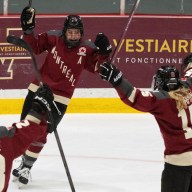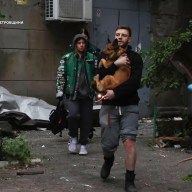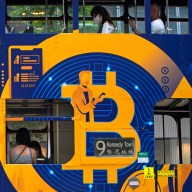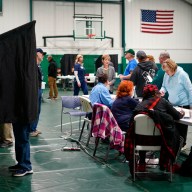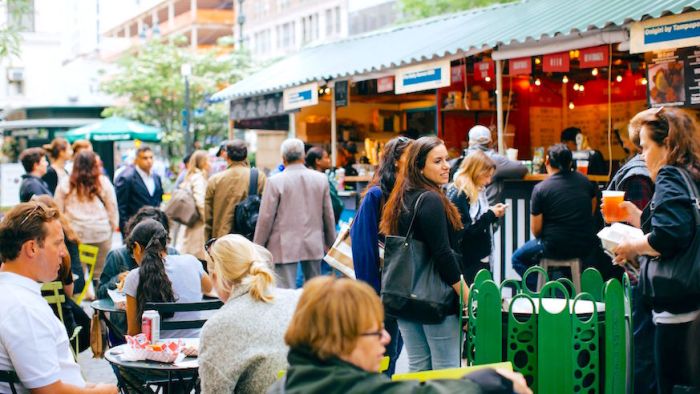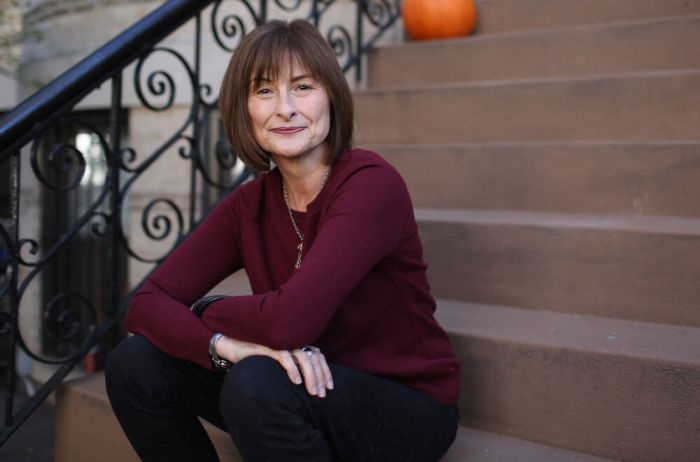Driverless cars? Pizza delivered by a drone? Robots gentrifying Brooklyn? No, this isn’t “Total Recall.” In a new mechatronics and robotics masters program at New York University’s Tandon School of Engineering, students are learning how to bring cutting-edge innovations to our everyday lives. Vikram Kapila, an NYU professor of mechanical and aerospace engineering, says the program gives students the opportunity to break new ground in an age of revolutionary advances in technology.
“I think it’s very relevant to student’s professional interests, and highly relevant for the startup economy,” he says. “We’d hope for the Steve Jobs or Bill Gates or Mark Zukerberg of robotics to come out of our program in the next five years.” RELATED:Build your own lightsaber with this Somerville nonprofit THE FUTURE IS HERE
The term “mechatronics” was coined by Japanese engineers in the late 1960s, as an increasing number of products began fusing the mechanical and the electrical, explains Kapila. Although mechatronics courses have been around since the early 1990s, only recently have universities developed programs specializing in the discipline. There are numerous mechatronics and robotics programs abroad, the NYU degree is one of the first of its kind in the nation.Mechatronics has long been a part of our daily lives, from the thermostat chips that measure temperature to air-bag technology. But the field has evolved, and so have its potential applications. “I expect that the people who graduate from these courses will be able to handle everything from industry robots to biorobots, all the way to artificial intelligence and that kind of thing,” says, Katepalli Raju Sreenivasan, the Dean of Students at Tandon. RELATED: Scientists build robot inspired by cockroach
Mechatronics students learn a multidisciplinary skills set that includes programming, electrical circuit theory and mechanical design, and get hands-on experience building and creating in a state-of-the-art maker’s lab. The first cohort will officially begin in the fall, but about a dozen currently enrolled students are migrating to the new program. Sai Prasanth Krishnamoorthy, a student in the program, has already been involved in the creation of new technology.“I started by making a small walking robot which can obey voice commands,” says Krishnamoorthy in an email. “Ever since, I have built a robotic puppet, robotic painting arm, gesture controlled vehicle platform and Turtuo, a turtle-shaped robot with proximity sensors and a cane to help blind persons navigate indoors.” MECHATRONICS AS A VEHICLE FOR BUSINESS AND SOCIAL CHANGE
In Dr. Kapila’s “Robotics for Disabilities” course, for instance, students are working on a cartoon-like robot that uses facial expressions and body posture to show emotions like joy, happiness, and fear. It draws from research that shows people with autism respond well to dolls and cartoon characters. Kapila sees further implications that may change how we live our lives.“Companies like Uber and Google, they’re going to redefine the urban movement of people…I can order a car on my app and that car will come here [to the Jay Street NYU campus] without a driver, take me to the Washington Square campus, and the someone else would pick it up immediately.” For Krishnamoorthy, the sky’s the limit.“There is a very high possibility for robots to become a part of our daily life within the next decade. This revolution demands a class of engineers who are ‘makers.'”
Brooklyn’s hot new trend: robots
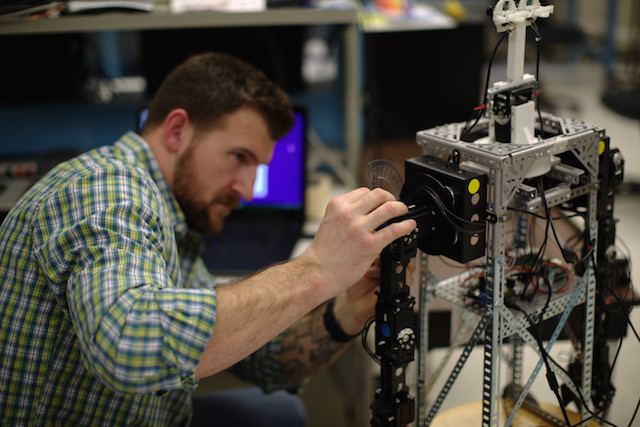
NYU: Sheldon Smith

